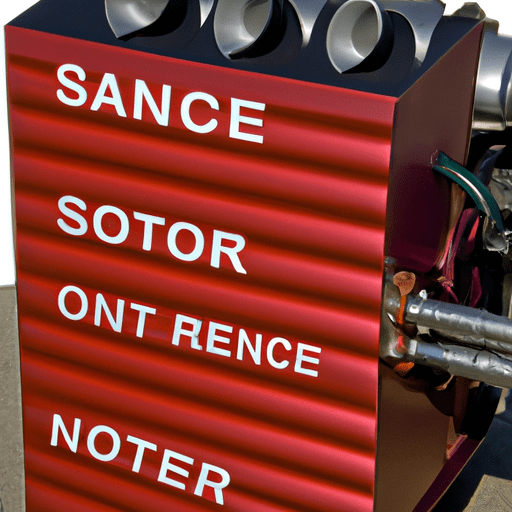In today’s world, engine noise is still one of the biggest problems when it comes to automotive engineering. As a result, car manufacturers have been striving to come up with new, innovative engine noise solutions that help to silence the roar. A silent engine not only reduces driver fatigue, but it also ensures a comfortable ride for passengers. In this article, we will explore some of the innovative engine noise solutions that are being developed in the automotive industry and the impact they can have on driving experience.
Acoustic Insulation for Quieter Engines
Acoustic insulation is playing a significant role in reducing engine noise. It involves the use of sound-absorbing materials such as polyurethane foam to block out unwanted engine noise. These materials can be used in different ways to reduce noise levels in a vehicle, including using them as floor mats, trimming them into vehicle interiors, and placing them in engine compartments. The thermal insulation can be done in the headliner, under the carpet, or along the door. The acoustic insulation helps to create a more relaxed and serene environment within the cabin, minimizing the engine’s noise and other outside sounds that could cause distractions.
Automakers are not only using sound-absorbing materials to reduce cabin noise levels, but they are also improving traditional methods of insulation (like carpeting and underbody seals) to create better sound-deadening barriers. By creating these barriers, it becomes possible to cut down on engine and road noise while also improving the overall driving experience for vehicle occupants.
Active Noise Cancellation Technology
Similar to noise-canceling headphones, automakers are introducing Active Noise Cancellation (ANC) technology to reduce engine noise levels in their vehicles. ANC uses a separate speaker system in conjunction with microphones to effectively cancel out engine noise. The microphones pick up the engine sound, and the speaker generates an opposing sound wave that cancels out the noise before it can reach the passengers. The new Volvo XC90 and BMW 5 Series are great examples of vehicles that use ANC technology to reduce cabin noise levels.
ANC technology is an excellent addition to the overall driving experience. It can turn a noisy car into a substantially quieter and more comfortable one. ANC has become an integral component of advanced driver assistance systems (ADAS) that utilize on-board cameras and sensors to provide real-time feedback to your vehicle.
Electric Drivetrains
Gasoline engines are known to emit various noises that can be quite disturbing to someone wishing to enjoy a quiet ride. Fortunately, electric drivetrains have the potential to reduce engine noise levels entirely. Electric vehicles (EVs) have a much quieter operation compared to their counterpart, which relies on a combustion engine. In an EV, the electric motor produces a low hum, which is barely audible. The absence of vibration and noise from the engine provides a serene ambiance in the cabin.
While electric drivetrains are expensive, they may be the future of automotive engineering since it brings low noise pollution to cities, and they have fewer toxic emissions. As technology continues to improve, electric vehicles may soon become more affordable and practical for consumers.
Conclusion
Innovations in automotive engineering are paving the way for quieter engines. The effective use of acoustic insulation, Active Noise Cancellation technology, and electric drivetrains are changing the driving experience by providing a more relaxed and serene environment in the cabin. While acoustic insulation is the most established technology, Active noise-canceling and electric drivetrains are relatively new and have the potential to completely eliminate engine noise.
In conclusion, innovations in engine noise solutions are providing automotive engineers with exciting opportunities to improve the overall driving experience. Drivers can expect exciting new technology that expands beyond acoustic insulation to include Active Noise Cancellation and potentially electric drivetrains. Quieter engines provide a more comfortable and serene ride, allowing passengers to enjoy their music, converse or relax.
